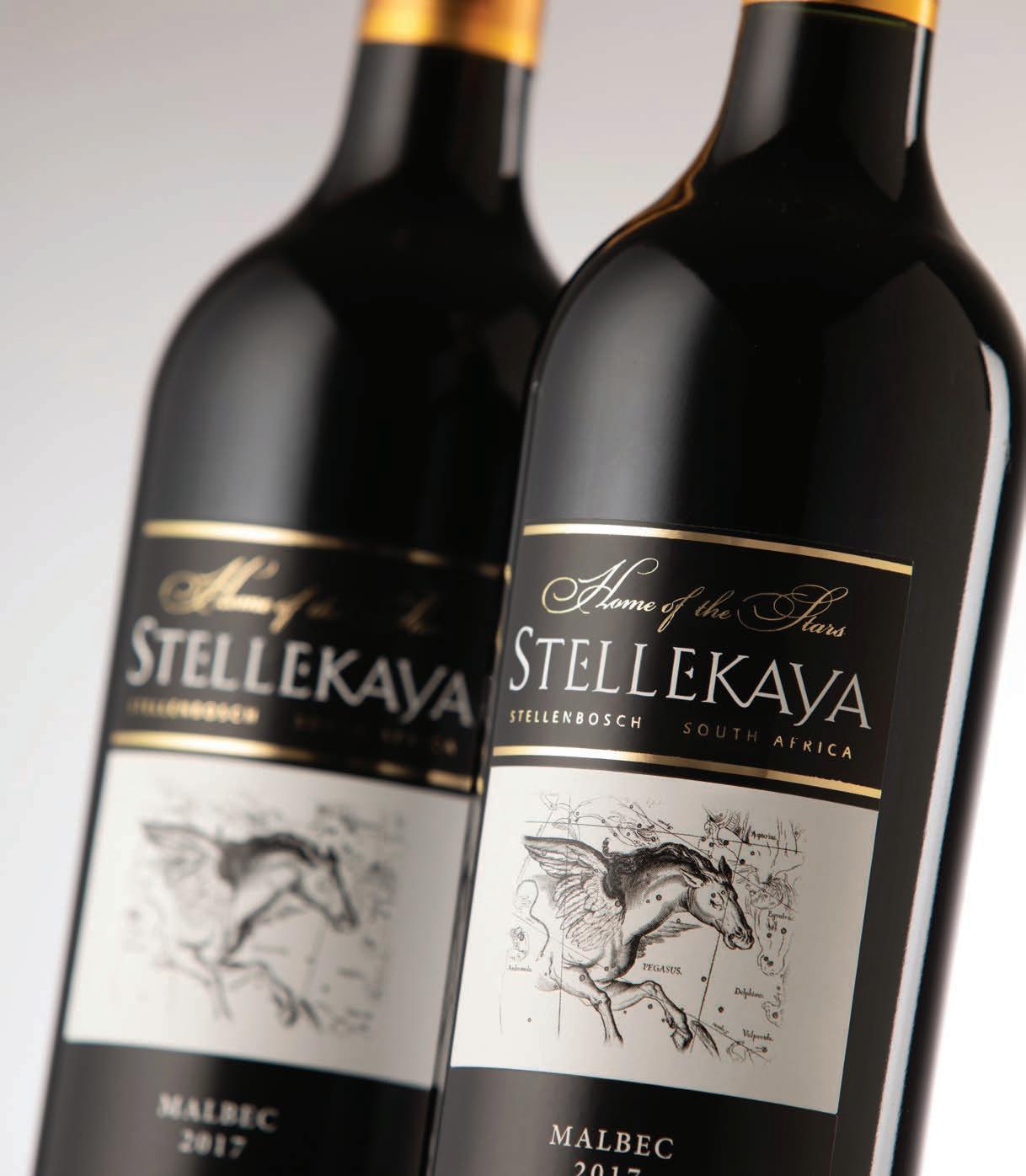David Biggs on SA’s most iconic wine
T
assenberg—Tassies to most of us—may be regarded as a cheap everyday plonk to most people, but the iconic wine has played an important role—and won many friends—in the South African wine world. For generations of students, Tassies was the drink that introduced them to the world of wine. Tassies was traditionally consumed in substantial quantities on float-building night, which is why so many of the students on board the floats on Rag Day appeared serenely calm. Comatose, even. 3 2
Backpage.indd 32
For years Stellenbosch Farmers’ Winery (SFW) sponsored popular inter-varsity tasting competitions under the Tassenberg banner. Winemakers at SFW confessed that they took more care over the blending of Tassies than they did with any of the company’s more expensive brands. The reason was simple. A good Cabernet Sauvignon could be expected to vary from vintage to vintage and connoisseurs accepted this. But Tassies drinkers expected the same wine year after year. It took skillful blending to ensure
Illustration by: Chloé Damstra
The Legend of Tassies
that each vintage matched the previous one. One year the marketing people at SFW decided to include Tassies in their Kellerprins range, with a new, streamlined label to match the other Kellerprins wines. Sales plummeted. Nobody liked the new “improved” Tassies “This is not real Tassies,” the fans said. “We want our dear old Tassies back.” Fortunately, the marketing people quickly realised their mistake. I was a young wine writer at the time and was sent a smart wooden box containing a bottle of Tassies with the original label, plus a stick of excellent kudu biltong and a wooden-handled pocketknife with which to slice it. There was a note to say Tassies was back. Real, original Tassies. Years later I was asked to present a wine tasting to the Naval Officers’ Club in Simon’s Town. I decided to do a little test and bought six ordinary boxed wines (three red and three white), which I decanted into elegant and expensive cut-glass decanters and served in fine crystal wine glasses. I donned a dress suit for the occasion. The officers decided to show their sophistication by displaying their wine knowledge and suggesting this one was probably a French Chardonnay and that one was most likely a Barolo from southern Italy, or possibly a Rhône blend based on Syrah. Then one of the tasters sipped a red wine and announced: “This is Tassies. You can’t fool me.” The others hushed him and told him to behave. This was a serious tasting, they reminded him. At the end of the event, I pronounced the Tassies man to be the Taster of the Evening and presented him with the rest of the Tassies box as his prize. He opened it immediately and shared it among his fellow tasters and the evening quickly developed into a party. I have no idea how I found my way home that night, but it taught me an important truth: you don’t have to be rich, or sophisticated, to discover there’s a world of fun in every bottle (or box) of wine you open.
s O U T H A F R I C A N C O N N O I SS E U R
2020/03/25 9:45 AM









